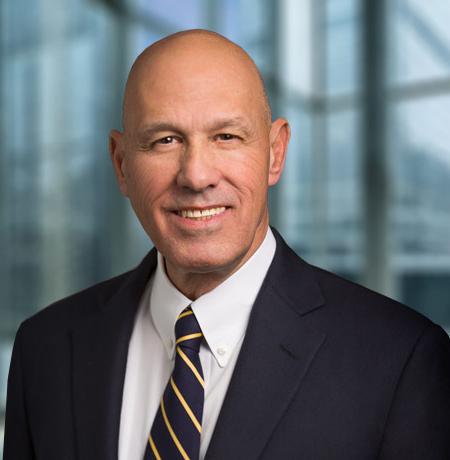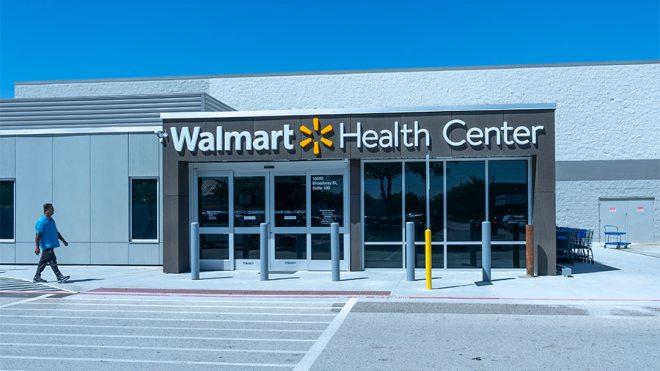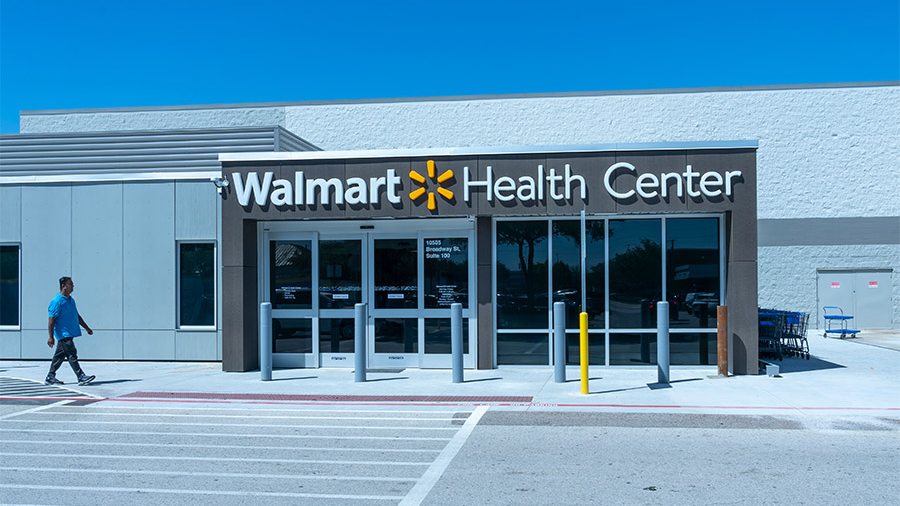The third quarter of 2021 was not a good one for Amazon's financial performance, and Amazon says that the fourth quarter will likely be worse.
In Q3, Amazon’s year-over-year sales growth was 15%. That may be impressive for most businesses, but for Amazon, it was the lowest rate of quarterly growth since 2014. Before that, you have to go back to 2009 to find a lower rate of growth.
Confronting a sharp decline in revenue, almost any business would look to cut costs—to reduce operating expenses, and delay or cancel expensive capital initiatives. That’s business school 101.
Amazon is taking a different approach.
Rather than letting tactics and strategies be guided by near-term financial performance, Amazon studied the current tumultuous socioeconomic environment and asked itself this central question: “What is the defining economic platform of our times?” Their answer: outlandishly good customer service. Therefore, Amazon determined, faster order fulfillment was the defining characteristic of success for the company’s consumer business and should be Amazon’s number-one strategic and tactical concern.
And so, as Amazon is famous for doing, it attacked according to its understanding of the current economic platform.
Amazon’s response to the pandemic has been what one bank called a “historic investment cycle,” and what Amazon CEO Andy Jassy called “extraordinary investments across our businesses to satisfy customer needs.”
In 2020 and 2021 Amazon spent $80 billion to improve logistics, more than in the previous five years combined. In 2021, Amazon increased its workforce by 30%. In Q3, Amazon spent $1 billion on wage increases and bonuses. Since the beginning of the pandemic, Amazon has doubled its warehouse space. These investments have hurt short-term profits, which in Q3 were about half the level of the previous year. Jassy acknowledged, “It’ll be expensive for us in the short term.” But Amazon is doubling down on these investments with the expectations that they are necessary for long-term success.
When the first waves of COVID hit and volumes for non-urgent procedures plummeted, hospitals and health systems immediately looked to reduce overhead, supply, staffing, and capital expenditures in any way that would not hurt the immediate level of care. That response was entirely understandable given the margins, liquidity, and capital structure of not-for-profit hospitals.
As the pandemic has dragged on, it has created an environment of deep and seemingly perpetual change, uncertainty, and pressure. This state of affairs has been more intense for hospitals than any other industry sector. For almost three years, and with no end in sight, hospitals have had to make up for the failure of America’s public health system in the face of the country’s biggest health crisis in generations. COVID has also highlighted long-standing social justice problems in America, and hospitals find themselves needing to address the nation’s seemingly intractable inequity in health and healthcare.
To make matters even more difficult, hospitals must address these massive problems on a macroeconomic platform whose dramatic changes are becoming a more permanent part of the business environment. Big tech companies have solidified their competitive advantage over companies with a face-to-face business model. Workforce dislocation seems to be the rule rather than the exception. And a spike in inflation raises questions about potential effects on employment and economic growth.
As the macroeconomic environment changes, what we think are the right strategic business decisions may not in fact be the right decisions. Amazon has an amazing track record of reading the macroeconomic environment correctly. Equally important, Amazon backs its decisions with a level of ideas, ambition, and aggressiveness that few other companies match. And Amazon has the financial and intellectual resources to support these big plays.
With the COVID crisis entering its third year and continuing to demand the immediate attention of hospitals, executives should look closely at Amazon’s example. America’s hospitals are being asked to deal with some of the largest long-term challenges they have ever confronted and to do so on an economic platform that rewards the biggest ideas, resources, and ambition. Amazon’s approach is to check its understanding of the environment and then to double down on areas of long-term benefit. Despite the almost overwhelming daily challenges from the latest wave of COVID, hospitals need to do the same.








